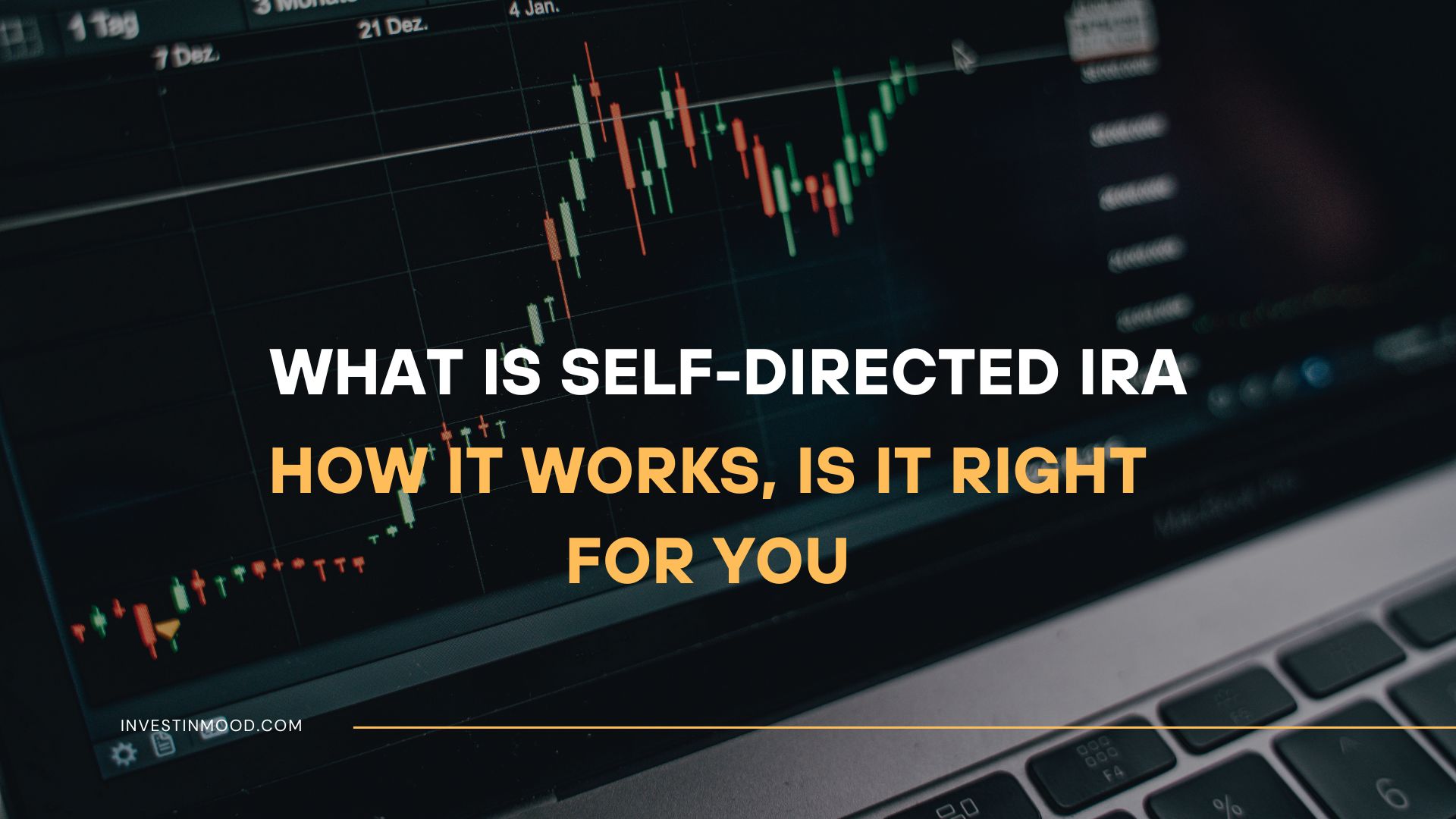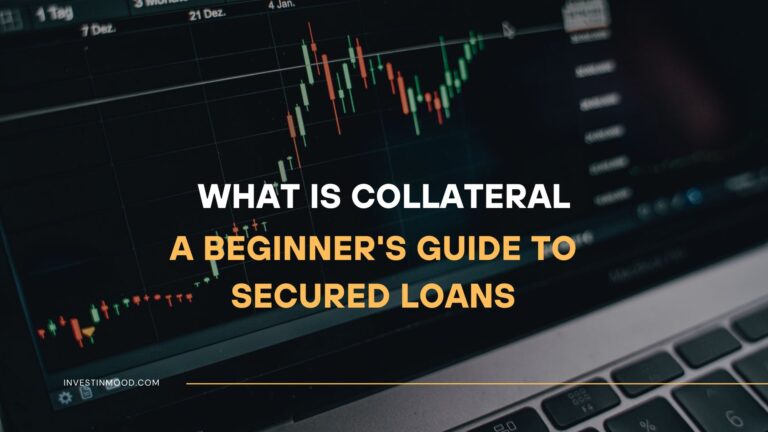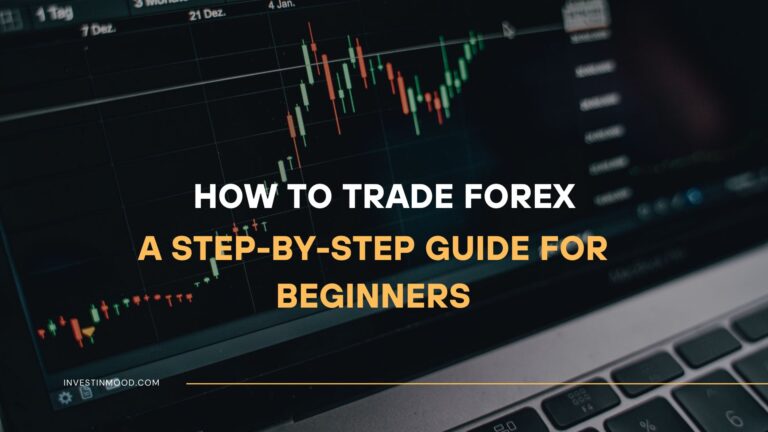
What Is Self-Directed IRA, How It Works, Is It Right For You
Self-Directed IRA (SDIRA) is a powerful retirement account that puts you in full control of your investment choices, allowing you to move beyond stocks and bonds into assets like real estate, private equity, and precious metals. For investors in the US, UK, Canada, and Australia seeking true portfolio diversification and alternative asset exposure, the SDIRA is the key to unlocking a world of non-traditional investment opportunities for your retirement savings.
Summary Table
| Aspect | Detail |
|---|---|
| Definition | A type of individual retirement account (IRA) that allows the account holder to invest in a much wider range of assets beyond traditional stocks and bonds. |
| Also Known As | SDIRA, Alternative Asset IRA |
| Main Used In | Retirement Planning, Alternative Investing, Portfolio Diversification |
| Key Takeaway | It offers unparalleled investment freedom but requires the investor to perform their own due diligence and adhere to strict IRS rules to avoid severe penalties. |
| Related Concepts |
What is a Self-Directed IRA (SDIRA)
A Self-Directed IRA is not a different type of IRA from a tax perspective; it can be either a Traditional IRA (tax-deductible contributions, tax-deferred growth) or a Roth IRA (after-tax contributions, tax-free growth). The “self-directed” aspect refers solely to the breadth of investment options permitted. While a typical IRA at a major brokerage is limited to stocks, bonds, and mutual funds, an SDIRA opens the door to a vast universe of alternative investments.
Think of it like this: a regular IRA is a standard car you can drive on paved roads. An SDIRA is an all-terrain vehicle that allows you to go off-road, exploring landscapes like real estate, private loans, and precious metals. However, just as driving off-road requires more skill and carries different risks, managing an SDIRA demands greater investor knowledge and responsibility.
The Core Concept Explained
The core concept of an SDIRA is custodial control. You still cannot personally touch or manage the assets—a special IRS-approved custodian must hold them on your behalf. However, you direct the custodian on what to buy and sell. The custodian’s role is administrative: they handle the paperwork, ensure the investment is titled correctly in the name of the IRA, and file necessary reports with the IRS. They do not provide investment advice, validate the quality of an investment, or perform due diligence. That responsibility falls entirely on you, the account owner.
A high level of involvement indicates you are actively using the SDIRA to build a unique, diversified portfolio. A low level might mean you are not leveraging its full potential or, worse, are unaware of the compliance risks. The primary risk here is violating IRS rules on prohibited transactions, which can lead to the entire account losing its tax-advantaged status—a devastating financial blow.
Key Takeaways
How a Self-Directed IRA is Structured
There is no single formula for an SDIRA, but understanding its structural components is crucial. The setup involves a clear chain of control and responsibility between you, the custodian, and your investments.
The Key Components
- The Account Holder (You): You source the investment opportunities, perform due diligence, and direct the custodian to execute transactions. You bear all investment risk.
- The SDIRA Custodian/Administrator: This is a specialized financial institution approved by the IRS to handle alternative assets. Examples include companies like Equity Trust, Millennium Trust, and IRA Financial. Their fees are typically higher than a standard brokerage due to the complex asset handling.
- The Investment Itself: The asset must be purchased and titled in the name of the IRA, not your personal name (e.g., “XYZ Trust Company FBO [For Benefit Of] John Doe IRA”).
- (Optional) The LLC for Checkbook Control: In a popular advanced structure, your SDIRA forms a Limited Liability Company (LLC). The IRA is the sole member (owner) of the LLC, and you are appointed as the manager. The IRA’s funds are used to capitalize the LLC’s bank account, and you then have “checkbook control” to make investments directly without waiting for custodian approval for each transaction.
The Step-by-Step Process of Making an SDIRA Investment
Understanding the mechanics is one thing; knowing the process is another. Here’s a breakdown of how a typical real estate purchase works within an SDIRA:
- Establish and Fund Your SDIRA: Open an account with a specialized SDIRA custodian and fund it via a transfer, rollover, or contribution.
- Find the Investment: You source a property and execute a purchase agreement in the name of your IRA (e.g., “XYZ Trust Company FBO [Your Name] IRA”).
- Direct the Custodian: You submit a “Direction of Investment” form to your custodian, along with the purchase agreement.
- Custodian Executes: The custodian performs an administrative review (ensuring the investment is not a prohibited asset) and then wires the funds from your IRA to the title company.
- Title is Held: The property is officially purchased and titled in the name of your IRA.
- Manage the Asset: All income goes to the custodian for deposit into your IRA. All expenses are paid by the custodian from your IRA’s cash balance, based on your direction and invoices from third-party vendors.
Why a Self-Directed IRA Matters to Investors
An SDIRA is important because it transforms your retirement account from a passive vehicle into an active wealth-building tool.
- For the Diversifier: It allows for true non-correlated diversification. When the stock market is volatile, your SDIRA’s real estate or private loan investments may remain stable or even appreciate, smoothing out your portfolio’s returns.
- For the Knowledgeable Investor: If you have expertise in a specific field like real estate flipping or angel investing, an SDIRA allows you to apply that skill directly to your retirement funds, potentially generating higher returns than the public markets.
- For the Long-Term Planner: It provides a tax-advantaged wrapper for long-term, illiquid investments. The growth from a 10-year real estate hold or a private company investment can compound tax-free within a Roth SDIRA.
How to Use a Self-Directed IRA in Your Strategy
Use Case 1: Purchasing Rental Real Estate
You find a rental property and direct your SDIRA custodian to use the funds in your account to purchase it. The property title is held in the IRA’s name. All rental income flows back into the SDIRA, and all expenses (taxes, repairs, insurance) are paid from the SDIRA. The eventual sale proceeds and any capital gains also return to the SDIRA, tax-deferred or tax-free.
Navigating real estate in an SDIRA can be complex. To get started, you need a custodian that specializes in these transactions.
Use Case 2: Making a Private Loan
You can act as a private lender. Your SDIRA provides a loan to a business or individual, secured by a promissory note and deed of trust. The interest payments on that loan go directly back into your SDIRA, creating a passive income stream for your retirement.
Use Case 3: Investing in a Startup Company
Your SDIRA can purchase equity (shares) in a private company or a startup. If the company is successful and has a liquidity event (gets acquired or goes public), the returns generated within the tax-sheltered IRA can be substantial.
- Diversification: Reduces reliance on traditional stock and bond markets.
- Control & Choice: You are not limited to the menu of a typical brokerage.
- Potential for Higher Returns: Access to high-growth alternative assets.
- Tax Advantages: All the standard IRA tax benefits apply to the alternative investments.
- Leverage Expertise: You can profit from your personal knowledge in niche areas.
- Due Diligence Burden: You are solely responsible for vetting investments; there is no SEC oversight on many private placements.
- Illiquidity: Many alternative assets are not easy to sell quickly.
- Higher Fees: Custodial fees for SDIRAs are significantly higher than for standard IRAs.
- Complex IRS Rules: Violating prohibited transaction rules can disqualify the entire account.
- Risk of Fraud: The space is ripe for scams targeting investors eager for high returns.
Common SDIRA Pitfalls and How to Avoid Them
Many investors stumble on the same issues. Here’s how to steer clear of them:
- Pitfall: The Forbidden “Sweetheart” Deal. Lending your SDIRA’s money to your brother’s business at a below-market rate.
- Avoidance: All transactions must be arm’s-length and for the exclusive benefit of the retirement account. Deal only with unrelated parties at fair market terms.
- Pitfall: Paying for a Personal Expense. Using your SDIRA’s funds to pay for a new roof on a rental property you own personally.
- Avoidance: Scrupulously segregate personal and IRA finances. Never commingle funds. The IRA must pay for its own assets’ expenses from its own account.
- Pitfall: Forgetting about UBIT. Your SDIRA uses a non-recourse loan to buy a rental property, and the net income is hit with a tax bill.
- Avoidance: Understand that debt-financed income from an active business (including leveraged real estate) can trigger UBIT. Consult a tax advisor before using leverage.
Self-Directed IRA in the Real World: A Case Study
A classic and powerful example of SDIRA success involves purchasing raw land. Imagine an investor in Texas in 2010 using $50,000 from their Roth SDIRA to buy a parcel of land on the outskirts of a growing city like Austin.
- The Investment: The $50,000 is sent from the SDIRA custodian to the title company to purchase the land. All property taxes are paid from the SDIRA’s cash balance.
- The Hold: The investor does nothing for a decade. The SDIRA simply holds the title to the land.
- The Exit: By 2020, urban sprawl has made the land highly valuable for development. A real estate developer offers $300,000 for the parcel.
- The Result: The investor directs the custodian to accept the offer. The $250,000 in capital gains is paid directly into the Roth SDIRA. Because it’s a Roth, that entire profit—$250,000—is now tax-free and can continue to grow or be distributed in retirement completely tax-free.
This case study highlights the power of combining a long-term, high-growth alternative asset with the tax-free growth of a Roth SDIRA structure.
Conclusion
Ultimately, a Self-Directed IRA is a sophisticated tool that empowers you to build a truly personalized and potentially more resilient retirement portfolio. It shifts the responsibility from a fund manager to you, offering freedom in exchange for vigilance. As we’ve seen, the advantages of diversification and direct control are significant, but they are counterbalanced by the risks of illiquidity, fraud, and severe tax penalties for non-compliance. A Self-Directed IRA is not for everyone, but for the informed, diligent investor, it can be the key to achieving unique financial goals. Before diving in, thorough education and consultation with a tax professional who understands SDIRAs are non-negotiable first steps.
Ready to take control of your retirement investments? The foundation of a successful SDIRA is a reliable custodian. We’ve researched the top providers to help you start your journey.
How a Self-Directed IRA Relates to Other Concepts
The most common point of confusion is between a Self-Directed IRA and a standard brokerage IRA. The key difference is not the tax structure, but the allowable investments.
| Feature | Self-Directed IRA (SDIRA) | Standard Brokerage IRA |
|---|---|---|
| Allowable Investments | Real estate, private equity, loans, precious metals, cryptocurrencies. | Stocks, Bonds, Mutual Funds, ETFs, CDs. |
| Custodian Role | Passive administrator; executes your directions. | Often provides investment advice and research tools. |
| Investor Responsibility | High; you are solely responsible for due diligence. | Lower; you can rely on the broker’s platform and fund managers. |
| Fee Structure | Typically asset-based or transactional fees, often higher. | Often low or zero commission trading for stocks/ETFs. |
Related Terms
- Roth IRA: A type of IRA where contributions are made with after-tax dollars, but qualified distributions in retirement are tax-free. An SDIRA can be a Roth SDIRA.
- Prohibited Transactions: Specific dealings between the IRA and a “disqualified person” (like yourself, your spouse, or your lineal descendants) that are forbidden by the IRS. Understanding these is critical to SDIRA compliance.
- Unrelated Business Income Tax (UBIT): A tax that can be levied on income generated within an SDIRA if it comes from an actively operating business or from debt-financed investments.
Frequently Asked Questions
Recommended Resources
- IRS Publication 590-A & 590-B: The definitive source for IRA contribution and distribution rules.
- U.S. Securities and Exchange Commission (SEC) Investor Alert on SDIRAs: A critical read on the risks of fraud.
- Investopedia: Self-Directed IRA (SDIRA): A reliable external reference for basic definitions.





